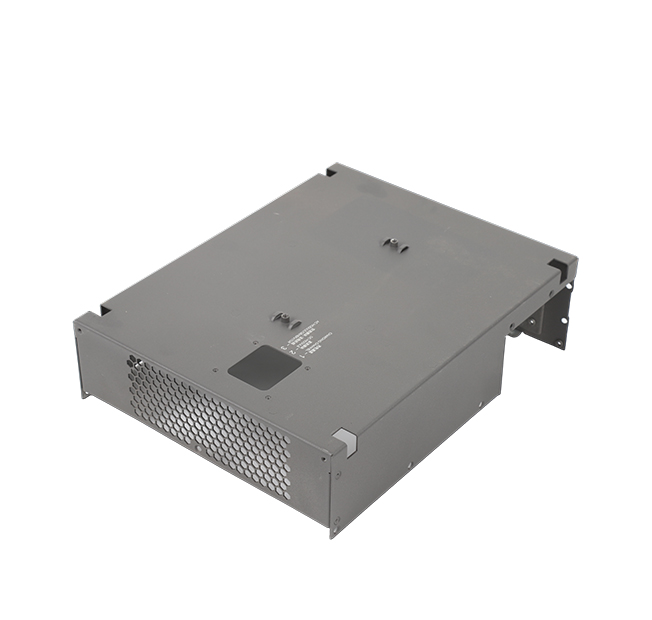Time:2025-07-04 Views:0 source:CNC Machining customization source:CNC Machining news

Ensuring the geometric tolerances of stamping parts is necessary to guarantee proper fit, function, and performance when assembled with other components. A series of measures are implemented in the stamping process to maintain strict geometric tolerances.
Firstly, proper die alignment and installation are critical. During die installation, high-precision alignment tools and techniques are used to ensure that the upper and lower dies are correctly positioned relative to each other. Even a slight misalignment can cause significant deviations in the geometric shape of the stamping part, such as angular errors or offset features. Specialized alignment fixtures and laser alignment systems are employed to achieve accurate die alignment. Additionally, regular die maintenance and calibration are essential. Dies can wear over time, and their geometric accuracy may degrade. Periodic inspection and reconditioning of the dies, including grinding, polishing, and dimensional correction, help to maintain their geometric precision and ensure that the stamping parts produced have consistent geometric tolerances.
The control of the stamping material's initial state also affects geometric tolerances. The flatness and uniformity of the blank material are important factors. Any irregularities in the blank, such as warping or thickness variations, can be magnified during the stamping process and lead to geometric deviations in the final part. Therefore, strict quality control of the incoming material is required. Blanks are inspected for flatness, thickness consistency, and surface quality before stamping. In some cases, pre-treatment processes, such as leveling or annealing, may be applied to the blank to improve its initial state and reduce the likelihood of geometric tolerance issues during stamping.
Process control techniques are also employed to ensure geometric tolerances. During the stamping process, the sequence of operations and the application of forces need to be carefully planned. For complex stamping parts with multiple forming steps, the order of these steps can significantly impact the final geometric shape. Simulation software is often used to optimize the forming process sequence and predict potential geometric tolerance problems. By analyzing the simulation results, engineers can make adjustments to the process parameters, such as the location and magnitude of applied forces, to minimize geometric deviations. Furthermore, the use of auxiliary devices, such as guiding pins and positioning blocks, can help to accurately position the blank during stamping, ensuring that the part is formed in the correct geometric position and maintaining the required tolerances.
Read recommendations:
Sealing ring Precision electronic parts
Housing components for recessed downlights Precision electronic parts
Oval Magnetic Hardware Precision electronic parts
CNC Machining Dimension Accuracy
CNC processing factory - Meeting customers' strict requirements for precision